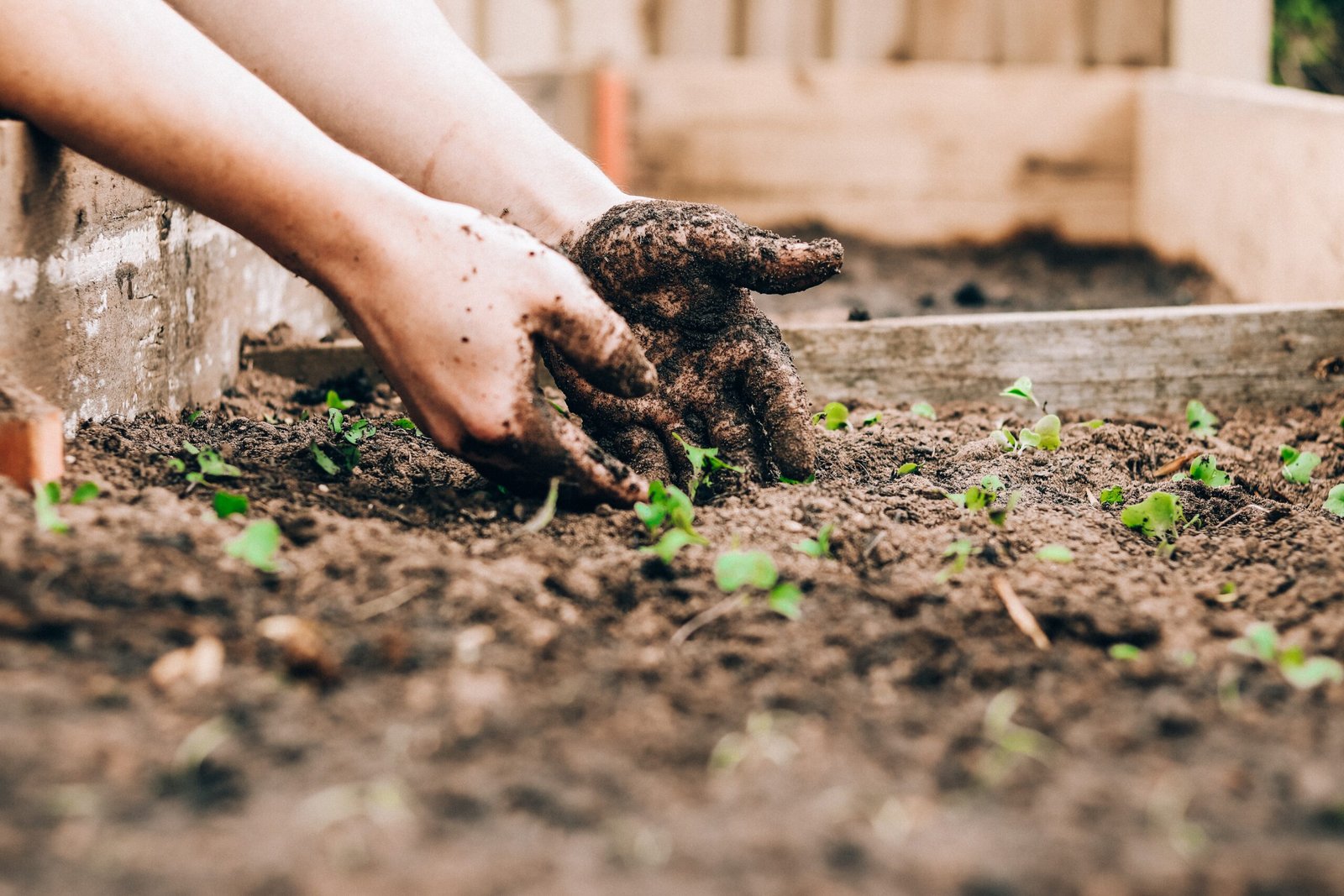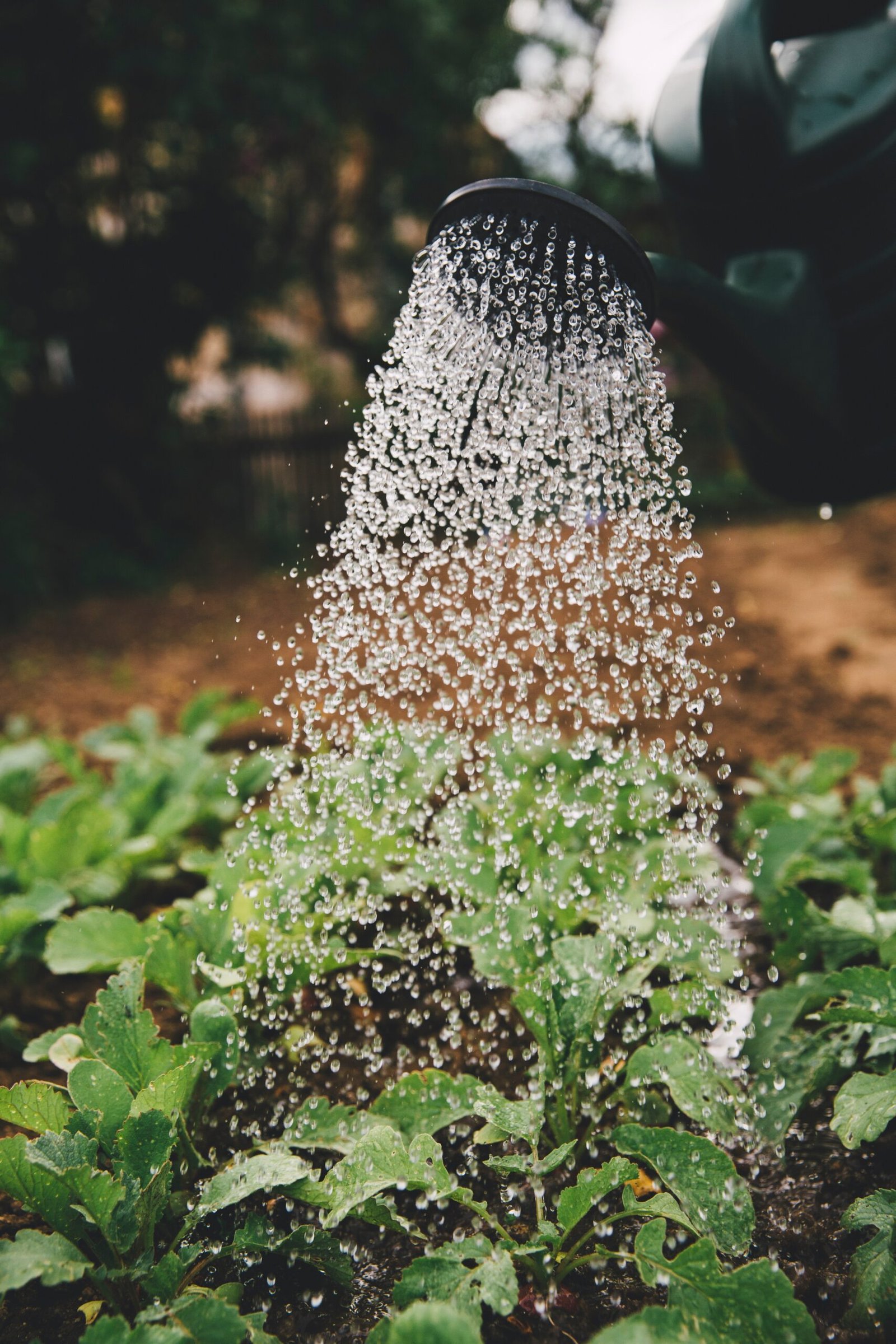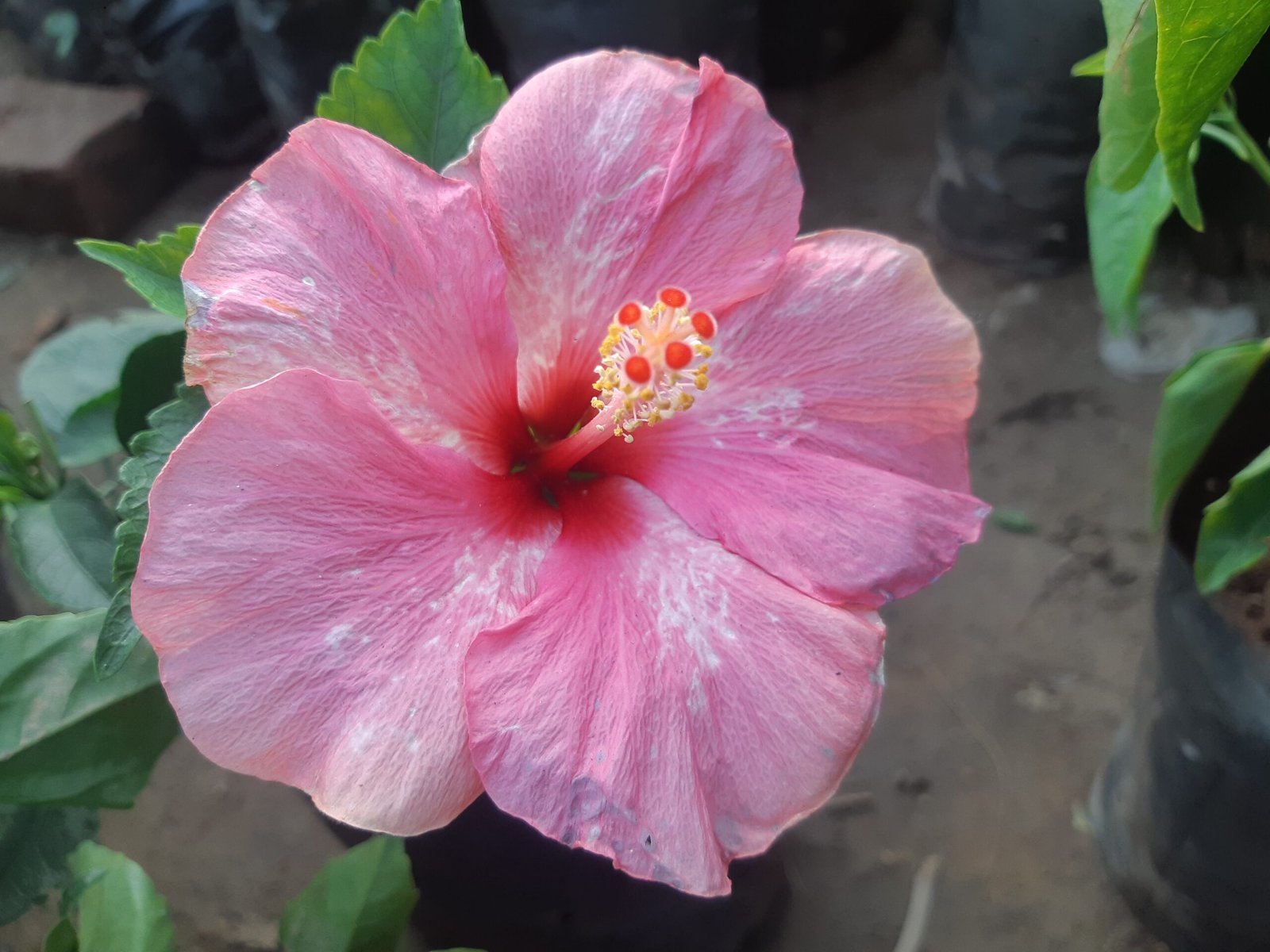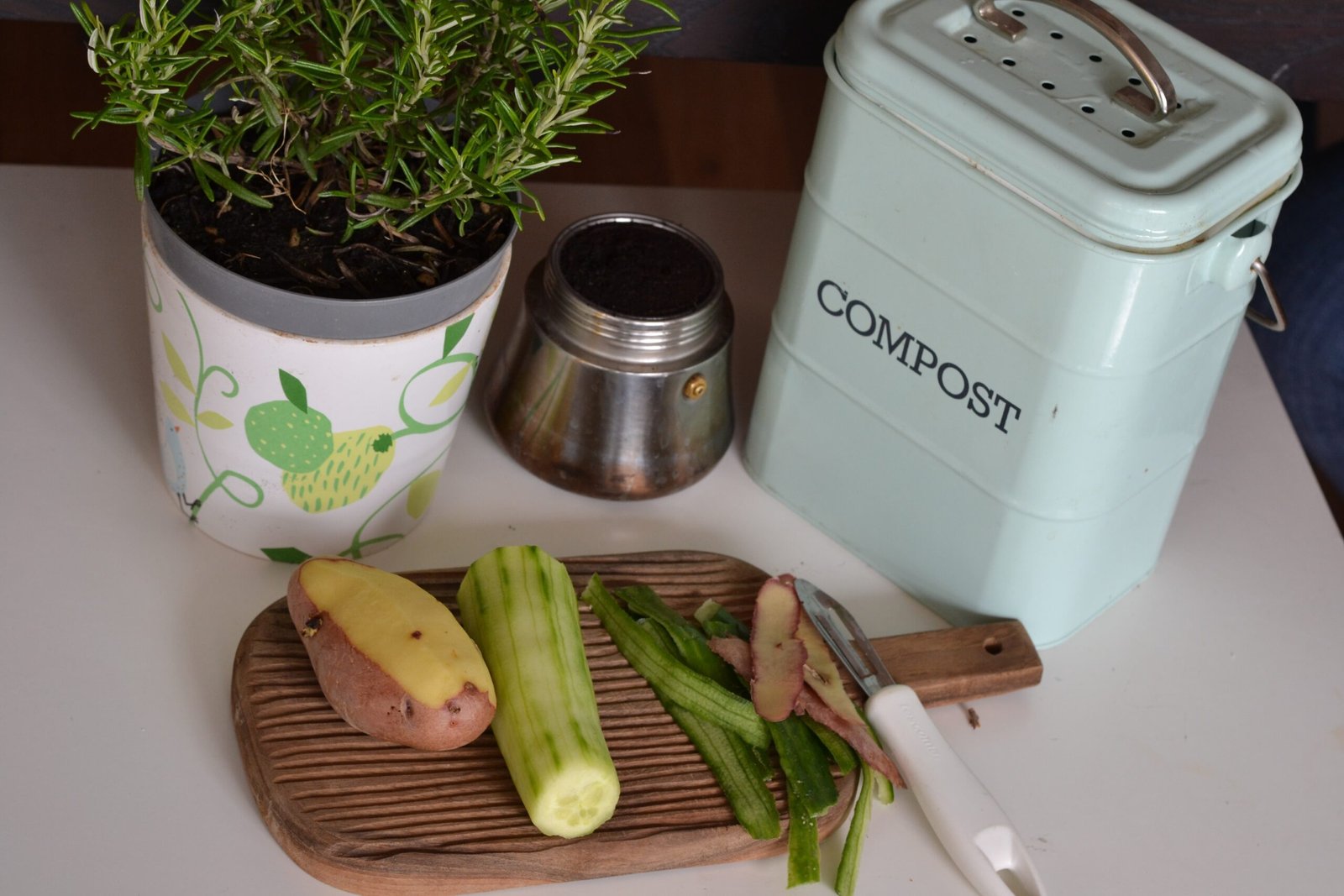Introduction
Welcome to the wonderful world of home gardening! Whether you have a spacious backyard or a small balcony, gardening can be a fulfilling and rewarding hobby. Not only does it provide you with fresh, organic produce, but it also allows you to connect with nature and create a beautiful outdoor space. In this beginner’s guide, we will walk you through the essential steps and tips to get started on your gardening journey.
1. Choosing the Right Location
The first step in home gardening is selecting the perfect spot for your plants to thrive. Consider the amount of sunlight, shade, and wind exposure in different areas of your home. Most vegetables and herbs require at least six hours of direct sunlight each day. For example, if you have a sunny balcony, you can grow herbs like basil and thyme in pots.
2. Selecting the Right Plants
Choosing the right plants for your garden is crucial for success. Consider your climate, soil type, and available space. Some popular beginner-friendly plants include tomatoes, lettuce, peppers, and herbs like mint and rosemary. Research which plants are best suited for your area and start with a few varieties to gain confidence.
3. Preparing the Soil
Healthy soil is the foundation for a thriving garden. Before planting, enrich your soil with organic matter like compost or well-rotted manure. This will improve its structure, drainage, and fertility. Use a garden fork or tiller to loosen the soil and remove any weeds or debris.
4. Planting and Watering
Follow the instructions on seed packets or plant labels for proper planting depth and spacing. Water your plants thoroughly after planting and continue to water them regularly. Aim to keep the soil evenly moist, but not waterlogged. Mulching around your plants can help retain moisture and suppress weeds.
5. Nurturing and Maintenance
Regular care and maintenance are essential for a successful garden. Monitor your plants for pests and diseases, and take appropriate action if necessary. Prune and train your plants as they grow to promote healthy growth. Regularly remove weeds to prevent competition for nutrients.
6. Harvesting and Enjoying the Fruits of Your Labor
One of the most rewarding aspects of home gardening is harvesting your own fresh produce. Harvest your vegetables and herbs when they are ripe and ready to be enjoyed. This ensures the best flavor and quality. Remember to wash your harvest before consuming.
Frequently Asked Questions (FAQ)
1. How often should I water my plants?
The frequency of watering depends on various factors such as plant type, weather conditions, and soil moisture. As a general guideline, check the soil moisture by sticking your finger about an inch into the soil. If it feels dry, it’s time to water.
2. Can I grow vegetables in containers?
Absolutely! Many vegetables can be grown in containers, making them suitable for small spaces like balconies or patios. Just ensure the containers have drainage holes and use a well-draining potting mix.
3. How do I prevent pests from damaging my plants?
There are several natural methods to control pests in the garden. For example, you can attract beneficial insects like ladybugs and lacewings that prey on pests. You can also use organic insecticidal soaps or companion planting techniques to deter pests.
4. How do I know when to harvest my vegetables?
Each vegetable has its own harvesting time. Generally, vegetables are ready to be harvested when they reach their mature size and color. For example, tomatoes should be picked when they are firm and fully colored.
5. Can I start gardening in the winter?
While winter may limit outdoor gardening, you can still grow plants indoors. Consider starting a windowsill herb garden or growing microgreens. You can also plan and prepare your garden for the upcoming spring season.
Tips for Successful Home Gardening
- Start small and gradually expand your garden as you gain experience.
- Keep a gardening journal to track your progress and learn from your successes and failures.
- Stay consistent with watering and maintenance tasks to ensure healthy plant growth.
- Join local gardening communities or online forums to connect with fellow gardeners and gain valuable insights.
- Experiment with different plant varieties and techniques to discover what works best for your garden.
With this beginner’s guide, you are well-equipped to embark on your home gardening journey. Remember, gardening is a continuous learning process, so don’t be afraid to make mistakes and learn from them. Happy gardening!









